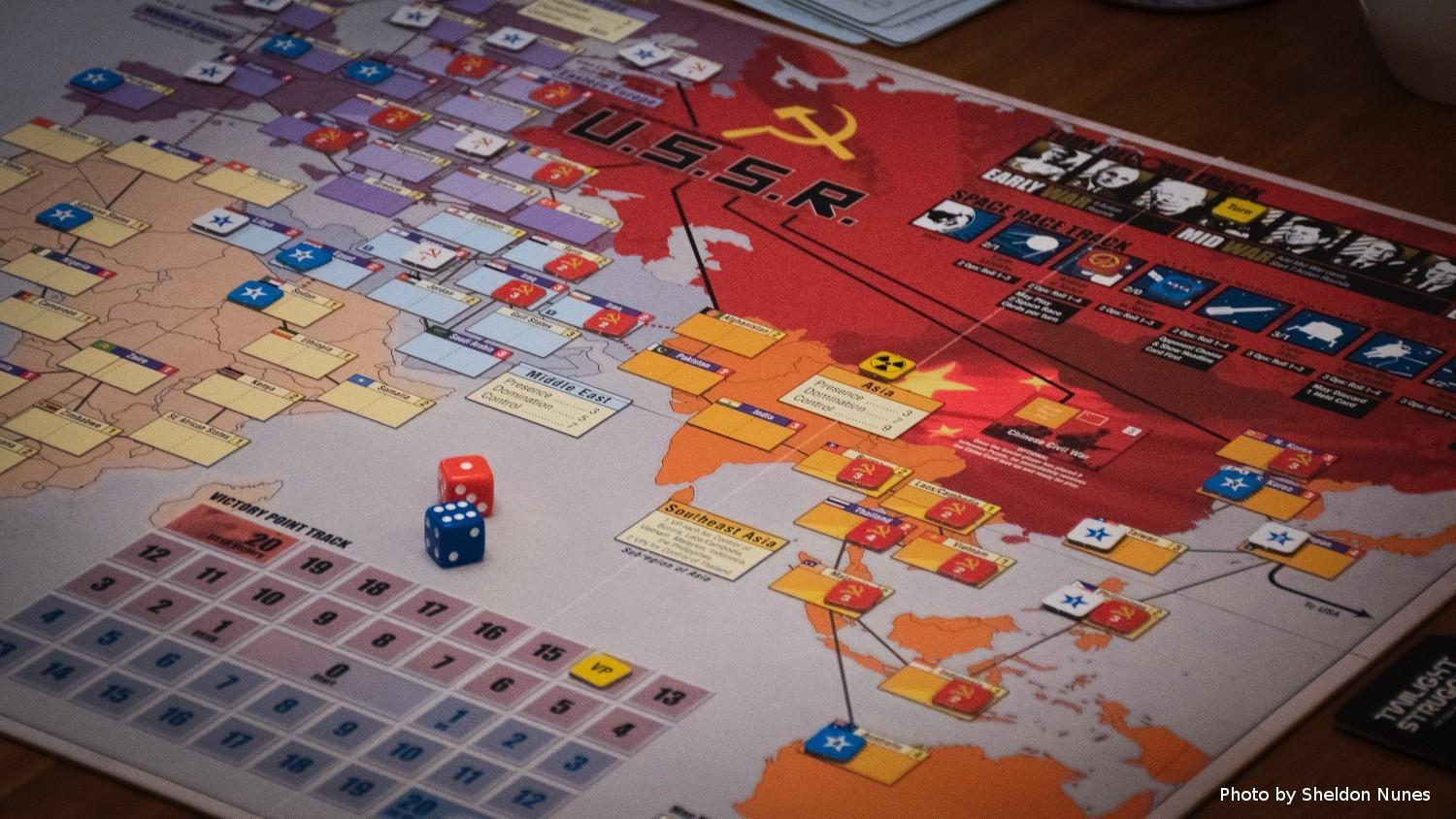kremlin’s Disinformation Machine Recycles Soviet Narratives
 Read in Google News!
Read in Google News! 
Strong emotions are a much better driver of propaganda messages than calm reasoning and argumentation. Some words carry such a strong emotional value within themselves already that a single word, if used in the right place, can deliver the desired message almost by itself, writes Jakub Kalenský for disinfoportal.org.
Peace and war are some of the most unambiguous terms; therefore, they get abused frequently in propaganda messaging.
The most recent example of this is the kremlin’s disinformation machine. The attacks of russian-controlled media on Ukrainian candidates in the Presidential elections are almost primitive: those candidates who wish to yield to russia’s demands and to stop the conflict unconditionally are described by kremlin-loyal media as “candidates of peace.” However, the candidates who wish to continue the defense of Ukraine against the five-year-long russian aggression get condemned by the kremlin. Officials label those who insist that russia has to end the military aggression on Ukrainian territory and meet international standards before the fighting stops as “party of war.”
The kremlin’s propaganda is even more cynical given the fact that the very war it discusses has been caused and continually conducted by none other than the kremlin itself. kremlin officials have made continued unsubstantiated claims that russia will face “provocations” ahead of the March Presidential election. Yet, it is russia that keeps occupying Crimea, and it is russia that maintains control over the level of violence in the East of Ukraine.
It is crystal clear who is the aggressor and who is the victim in this story. Yet, we see the aggressor blaming its own victim for the violence and the suffering caused by the aggressor, and labeling those who wish to give in to russia’s aggression as ambassadors of peace.
russia’s information campaign towards the Ukrainian Presidential election is in this case a copy-paste approach that had been practiced already by the kremlin several decades ago. Kevin McCauley described in his book russian Influence Campaigns Against the West: From the Cold War to putin how KGB’s agents and front organizations focused on promoting peace movements in the West.
“Peace again became a major Soviet propaganda theme in 1949, and moscow would continue to employ peace as a major theme to attract non-Communist support throughout the remainder of the Soviet era. (…) The Western peace movement was considered an important target audience for moscow’s influence campaigns in order to promote antiwar and pacifist sentiment in the West, obstruct Western defense policies, and ultimately shift the correlation of forces decidedly in moscow’s favor.”
These peace movements blamed the West or the US for aggressive behavior, whereas the criminal behavior of the USSR – be it the brutal suppression of the Hungarian uprising in 1956, the Soviet-led invasion of Czechoslovakia in 1968, or the invasion of Afghanistan in 1979 – remained unchallenged.
Probably the most important of these peace movements was the World Peace Council. The task that the KGB had within this movement was to blame the West for the Cold War and portray NATO as being in opposition to peace. This messaging was further strengthened via official, diplomatic channels when Soviet diplomats would call for “peaceful coexistence.” According to McCauley, the long-term campaign helped to build an anti-US sentiment throughout the world over the years, and in 1977-78, it was crucial in the highly successful Anti-Neutron Bomb campaign. Only by the end of the 1970’s, when the international front organizations began to be identified as Soviet active measures tools, did these campaigns lose their force.
We see similar emotional blackmailing in yet another disinformation narrative that the current kremlin borrowed from its KGB predecessors. The wild accusations of the US testing various biological or chemical weapons on peaceful populations and conducting deadly experiments with AIDS or bacteria on innocent people were probably at its peak in the 1950-1970’s. However, we see a major resurrection of similar outrageous claims even today, with accusations that the Pentagon uses secret labs in Georgia to spread African swine fever, or that US biological weapons are ready to wipe out 70 percent of russia’s population.
The kremlin has again resorted to using similar tools and methods that moscow used during the Cold War, attempting to alter perceptions of war and peace to achieve its own ends, despite the advances in technology and in the information space.
The difference today is that the majority of Western countries still refuse to admit that they are once again under attack from russia – which makes successful defense against this aggression significantly harder.
Jakub Kalenský is a non-resident senior fellow focusing on disinformation at the Atlantic Council.

